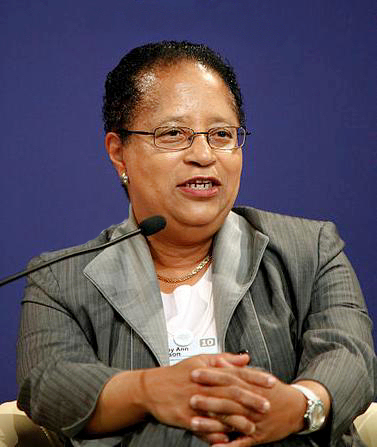
Nearly 200 years ago (1825), in New York, in what is now known as Central Park, once stood the largest community of free African-American property owners in antebellum New York. This site was known as Seneca Village. The village was built in a desirable location, with proximity to the Hudson River’s ample fishing opportunities and to a natural source of clean water at a nearby spring. The village’s residences ranged from one-room homes to three-story dwellings made of wood and brick, and there are records of three churches and one school in the village as well. Property ownership in Seneca Village provided an important gateway into democracy for African-American men. In 1821, New York State decreed that African-American men were required to possess $250 in property holdings and prove three years of residency in the state in order to be eligible to vote. Many residents became eligible to vote through land ownership in Seneca Village. By 1855, Seneca Village was home to approximately 250 residents and contained 70 houses. Seneca Village continued to grow and came to include Irish and German immigrants among its residents. But, when the New York State legislature approved the creation of Central Park in 1853 and designated the land on which it would be built, the future Park’s footprint included the Seneca Village site. The public acquisition of private land began in 1856, and those owners living within the boundaries of the proposed park received some compensation for their property. All of the residents were removed from their land and the community never cohesively established itself in another location. #blackhistorymonth2022

